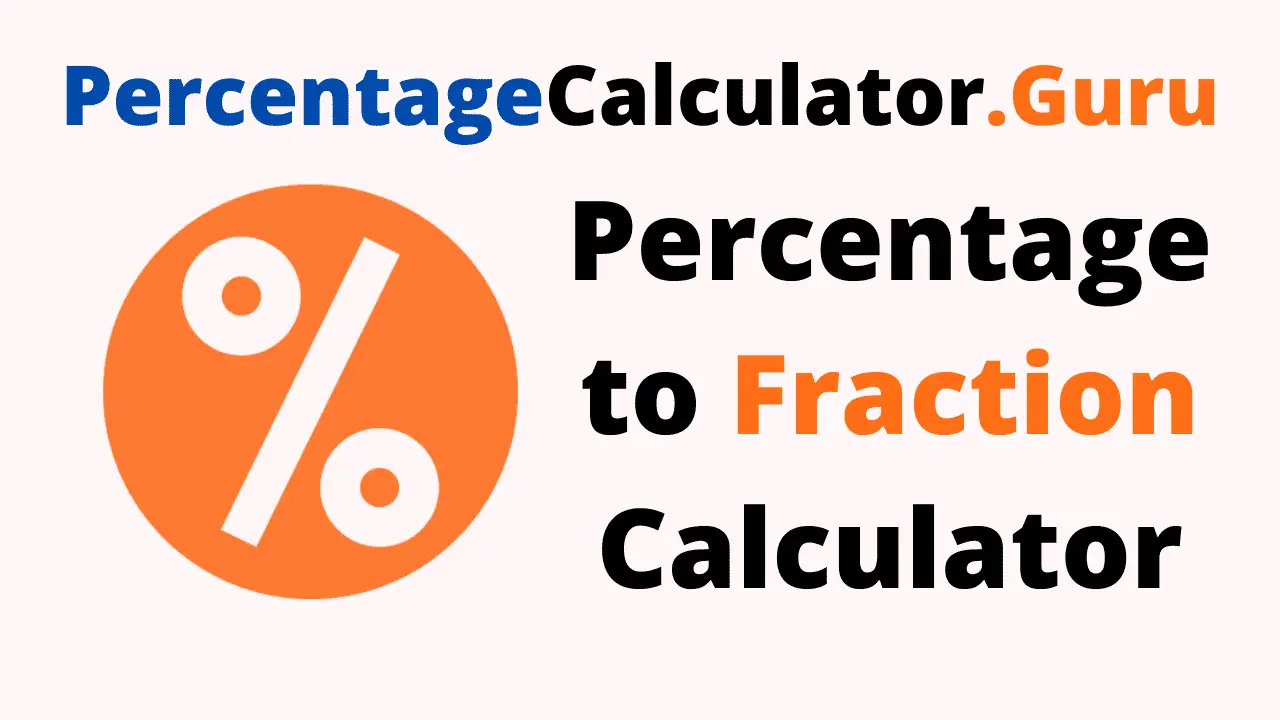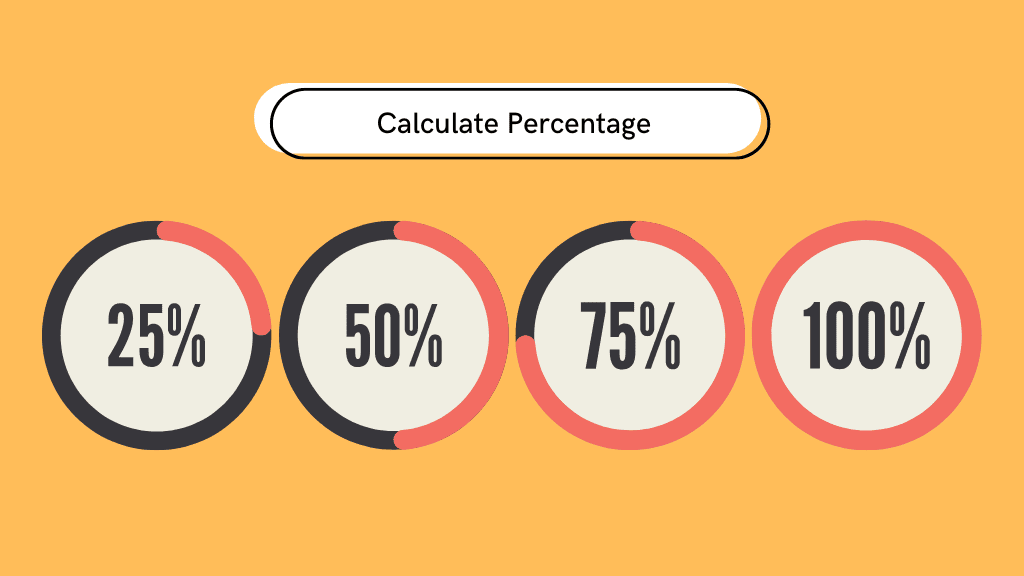
2 as a Percent: Understanding the Basics and Applications
Introduction
Welcome to an in-depth exploration of “2 as a percent.” Percentages are an integral part of our daily lives, influencing various aspects of society and numerous industries. Understanding the concept of 2 as a percent is crucial for making informed decisions and interpreting data accurately.
In this article, we will cover the essential definitions, calculations, and applications of 2 as a percent. We will also discuss its significance in different fields and provide real-world examples to illustrate its practicality. So, let’s embark on this enlightening journey and gain valuable insights into the world of percentages!
What is 2 as a Percent?
At its core, “2 as a percent” refers to the representation of the number 2 as a fraction of 100. In percentage terms, 2 is written as 2%, where the symbol “%” denotes “per cent,” meaning “out of 100.” When expressed as a percentage, 2 becomes a concise and standardized way to convey a fraction relative to the whole.
Calculating 2 as a Percent
Calculating 2 as a percent is a straightforward process. To convert a number to a percentage, follow these steps:
- Divide the number by 100.
- Multiply the result by 2.
For example:
Step 1: 2 ÷ 100 = 0.02
Step 2: 0.02 × 100 = 2%
So, 2 as a percent is 2%.
Importance of 2 as a Percent in Mathematics
In the realm of mathematics, percentages play a crucial role in various calculations and problem-solving scenarios. Understanding 2 as a percent helps in interpreting data, analyzing trends, and drawing meaningful conclusions from numerical information.

- Percentage Increase and Decrease: The concept of percentages is central to understanding changes in values over time. Whether it’s a sales increase or a decrease in population growth, calculating percentages enables us to grasp the magnitude of the change.
- Interest Rates and Finance: In the financial world, percentages are vital for calculating interest rates, investment returns, and loan repayments. Knowing how to convert 2 as a percent helps in determining the interest accrued or the return on an investment.
- Statistics and Probability: Percentages are extensively used in statistics to represent probabilities and frequencies. From opinion polls to market research, percentages provide valuable insights into trends and patterns.
2 as a Percent in Science and Engineering
The application of percentages goes beyond mathematics and finds significance in science and engineering disciplines as well. Let’s explore some areas where “2 as a percent” plays a critical role:
- Chemistry and Concentrations: In chemistry, percentages are employed to express the concentration of solutions. For instance, a 2% hydrogen peroxide solution means that there are 2 grams of hydrogen peroxide dissolved in 100 milliliters of the solution.
- Error Analysis and Measurement: Scientists often use percentages to represent errors in measurements and experimental results. This helps in assessing the accuracy and reliability of scientific data.
- Engineering Design and Safety Margins: Engineers use percentages to establish safety margins in their designs. A 2% safety margin means that the design can tolerate an additional 2% load or stress beyond the expected operating conditions.
Real-World Examples of 2 as a Percent
To further grasp the significance of 2 as a percent, let’s explore some real-world examples where percentages play a crucial role:
- Retail Discounts: Retailers frequently offer discounts expressed as percentages to attract customers. A 2% discount on a product priced at $100 would result in a final price of $98.
- Tax Rates: Governments apply percentage-based tax rates to various income levels or goods and services. For instance, a 2% sales tax on a $500 purchase would amount to $10.
- Polling and Elections: Political polls often present the percentage of voters favoring a particular candidate. A 2% lead for a candidate indicates a slight advantage over their opponents.
FAQs
- What is the Difference Between 2% and 2 as a Decimal? 2% is equivalent to 0.02 as a decimal. To convert a percentage to a decimal, divide it by 100. So, 2 ÷ 100 = 0.02.
- How Do I Calculate a 2% Tip? To calculate a 2% tip on a bill, multiply the bill amount by 0.02. For example, a 2% tip on a $50 bill would be $50 × 0.02 = $1.
- Is 2% Milk Healthier Than Whole Milk? Yes, 2% milk contains less fat than whole milk, making it a healthier option for those looking to reduce their fat intake.
- What Does a 2% Unemployment Rate Signify? A 2% unemployment rate suggests a low level of unemployment and a healthy job market.
- How is 2% of a Company’s Revenue Calculated? To calculate 2% of a company’s revenue, multiply the revenue figure by 0.02. This represents the portion of the revenue equal to 2%.
- Can 2% Battery Drain Cause Phone Performance Issues? While a 2% battery drain is relatively small, it may lead to performance issues in certain situations, especially if the device is already low on battery.
Conclusion
In conclusion, understanding 2 as a percent is fundamental to interpreting data, making financial decisions, and comprehending trends in various fields. Whether you’re a student, professional, or an individual dealing with everyday percentages, this knowledge is invaluable.
Throughout this article, we have explored the definition of 2 as a percent, its importance in mathematics, its applications in science and engineering, and real-world examples of its usage. Armed with this knowledge, you can confidently navigate the world of percentages and leverage their power to your advantage.
So, the next time you encounter a percentage-related scenario, remember the simplicity and versatility of 2 as a percent, and let it guide you toward making well-informed choices.

